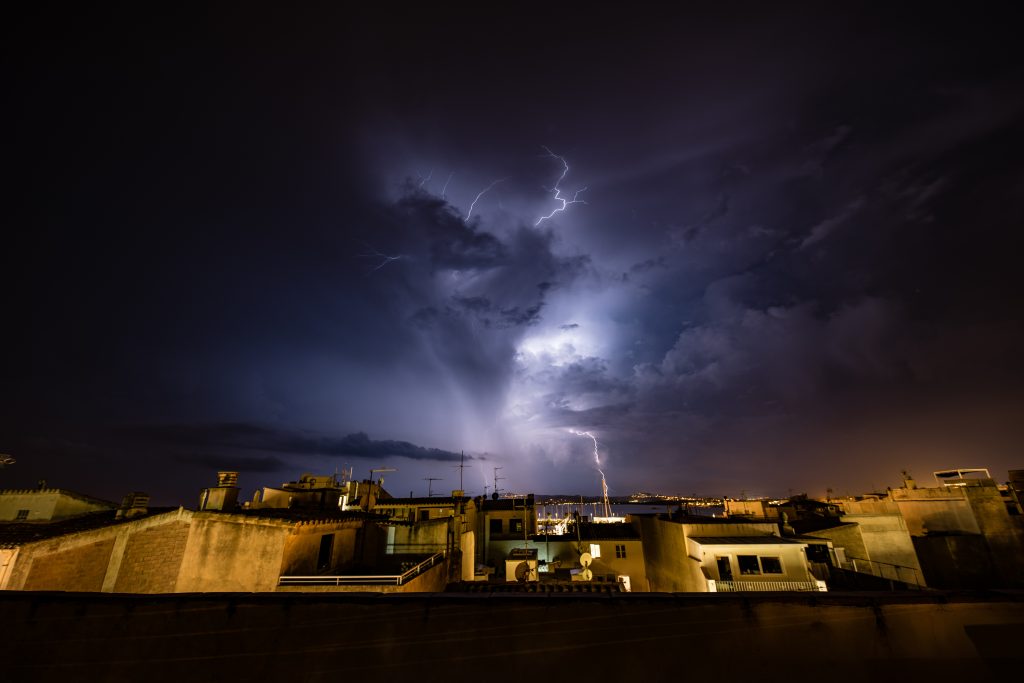Roofing is a crucial component of any structure, providing protection against the elements and ensuring the integrity of a building. However, the effectiveness and longevity of a roof can be greatly influenced by various weather conditions. From scorching summers to freezing winters, each climate presents its own set of challenges for roofing materials and installation techniques.
1. Heat and Sun Exposure:
Excessive heat and prolonged sun exposure can take a toll on roofing materials, particularly asphalt shingles. UV radiation can cause shingles to degrade over time, leading to cracking, warping, and loss of granules. In hot climates, proper ventilation becomes essential to prevent heat buildup in the attic, which can accelerate the deterioration of roofing materials. Additionally, reflective or cool roofing options can help reduce heat absorption and lower energy costs.
2. Rain and Moisture
Rainfall is one of the most significant threats to a roof’s integrity. Poorly installed or damaged shingles can allow water to seep into the underlying layers, leading to leaks, mold growth, and structural damage. Regular inspections and maintenance are crucial for identifying and repairing any areas of vulnerability, such as damaged flashing or missing shingles. Adequate drainage systems, including gutters and downspouts, are also essential for directing water away from the roof and foundation.
3. Windstorms and Hurricanes
Strong winds can wreak havoc on roofs, especially if they are not properly secured. Loose or missing shingles, lifted flashing, and damaged soffits and fascia boards are common issues following windstorms and hurricanes. Investing in wind-resistant roofing materials and ensuring proper installation techniques, such as using roofing cement and fasteners, can help mitigate the risk of wind damage. Regular inspections after severe weather events are crucial for identifying and addressing any potential issues promptly.
4. Snow and Ice
In colder climates, snow and ice accumulation can pose significant challenges for roofs. The weight of heavy snow loads can strain the structure, leading to roof collapse in extreme cases. Ice dams, formed by melting snow refreezing at the eaves, can cause water backup and seepage into the attic and interior spaces. Adequate insulation and ventilation are key to preventing ice dams by maintaining a consistent temperature on the roof surface. Additionally, installing ice and water shield membranes along the eaves and valleys can provide an extra layer of protection against water intrusion.
5. Hail and Storm Damage
Hailstorms can inflict substantial damage on roofing materials, including asphalt shingles, metal roofs, and even clay tiles. Depending on the severity of the hailstones, roofs may exhibit dents, cracks, and punctures, compromising their ability to provide adequate protection. Impact-resistant roofing materials, such as asphalt shingles with Class 4 ratings, can help minimize hail damage and prolong the lifespan of the roof. Following a severe storm, it’s essential to inspect the roof for any signs of damage and promptly address any necessary repairs or replacements.
Weather conditions play a significant role in the performance and longevity of roofing materials and installation techniques. By understanding the specific challenges posed by different climates and implementing appropriate preventive measures, homeowners can ensure that their roofs remain durable and resilient against the elements for years to come. Regular maintenance, inspections, and proactive repairs are essential for safeguarding the integrity of the roof and protecting the investment in the home.
Atlanta Roofing Specialists is a full service residential and commercial roofing contractor serving Metro Atlanta since 1993. Call (770) 419-2222 to schedule a no-obligation inspection today!

